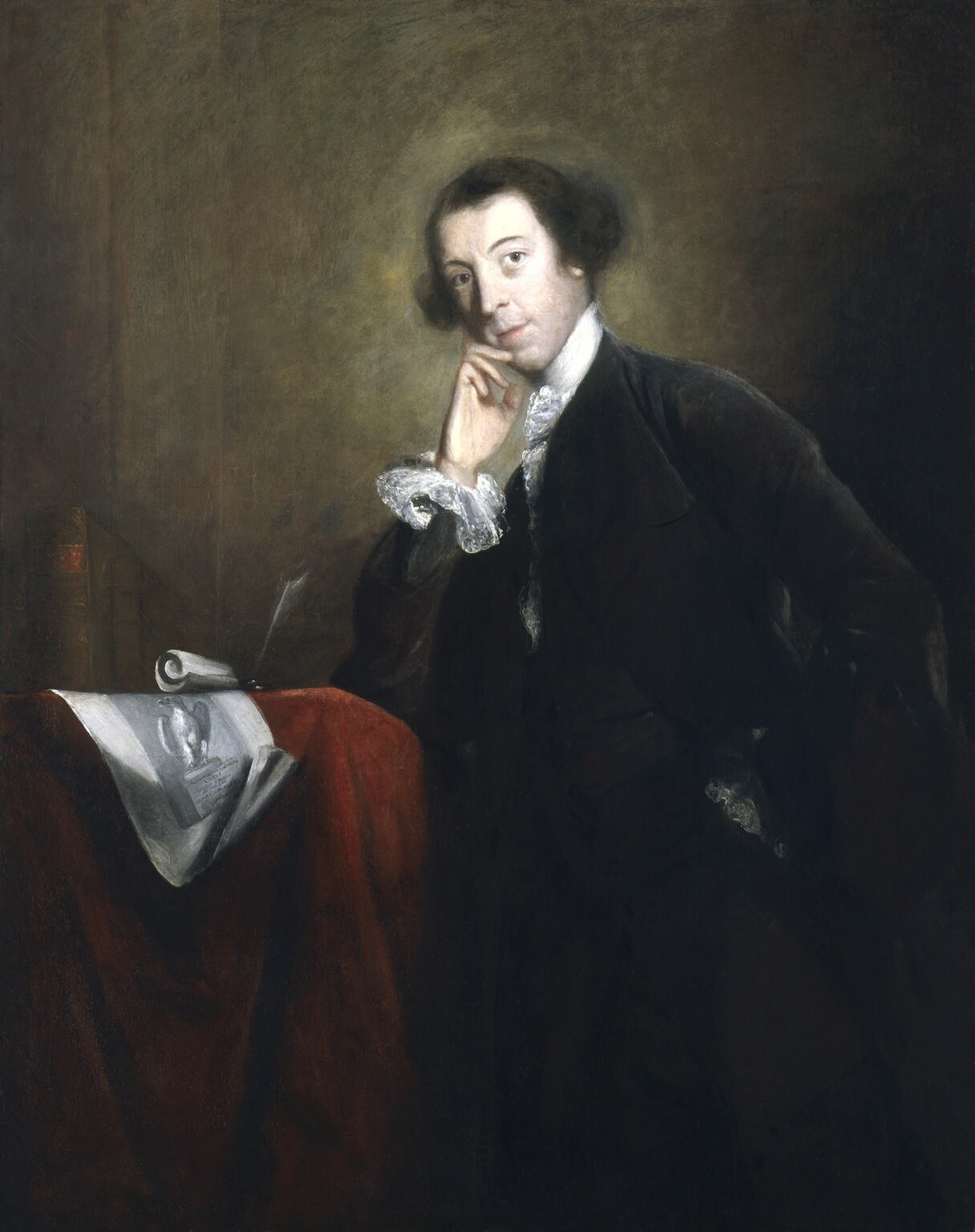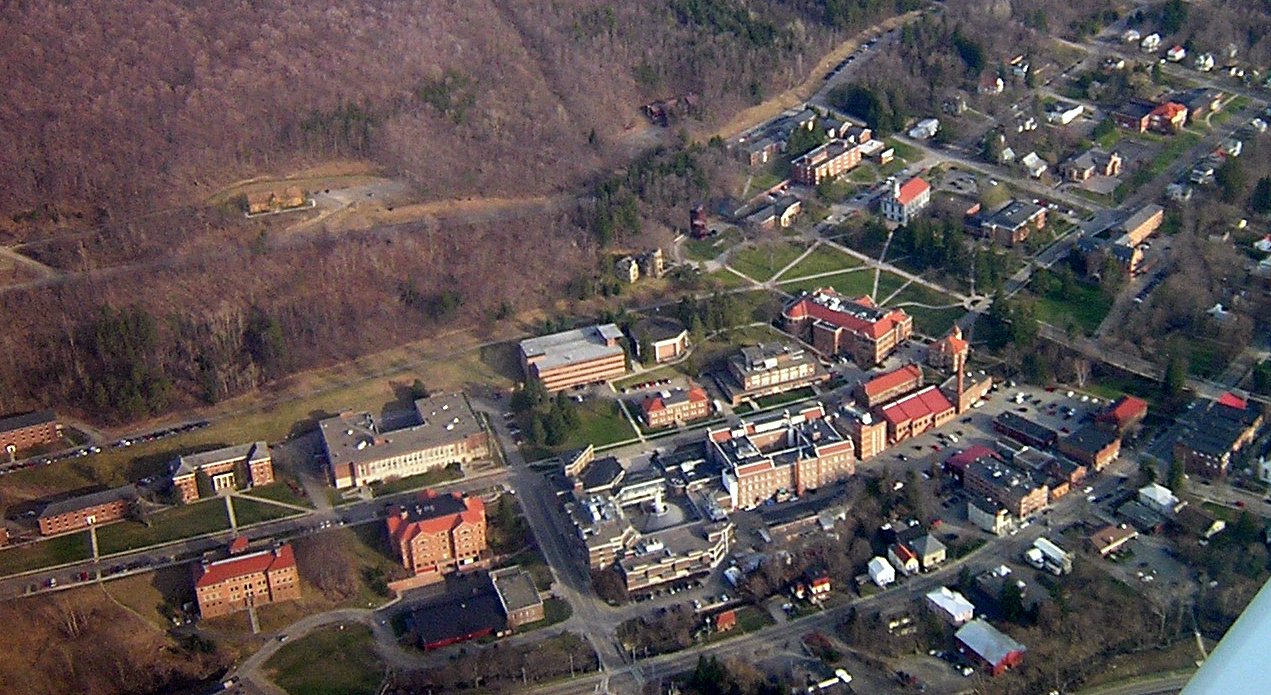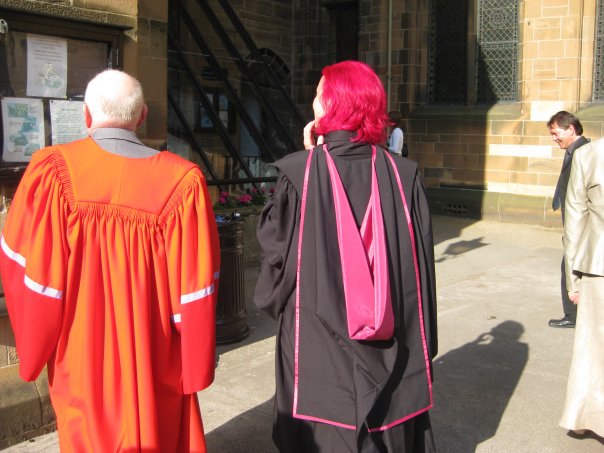|
S. Donald Stookey
Stanley Donald Stookey (May 23, 1915 – November 4, 2014) was an American inventor. He had 60 patents in his name related to glass and ceramics, some patents solely his and others shared as joint patents with other inventors. His discoveries and inventions have contributed to the development of ceramics, eyeglasses, sunglasses, cookware, defense systems, and electronics. He was a research director at Corning Glass Works for 47 years doing R&D in glass and ceramic development. His inventions include Fotoform, CorningWare, Cercor, Pyroceram and Photochromic Ophthalmic glass eyewear. Early life Stookey was born on May 23, 1915, in Hay Springs, Nebraska, the eldest of four children born to Stanley and Hermie Stookey. Both of his parents were teachers, and his father also worked at some point in time as a bank clerk. When Stookey was about 6 years old, the family moved to Cedar Rapids, Iowa. Career Stookey went to Coe College from 1934 to 1936, where he graduated with his first ... [...More Info...] [...Related Items...] OR: [Wikipedia] [Google] [Baidu] |
Hay Springs, Nebraska
Hay Springs is a city in Sheridan County in the state of Nebraska, in the Great Plains region of the United States. The population was 570 at the 2010 census. History Hay Springs was established in 1885 when the railroad was extended to that point. It was named from the production of hay in the valley east of the springs. Hay Springs was incorporated as a village in November 1885. Geography According to the United States Census Bureau, the city has a total area of , all land. Demographics 2010 census As of the census of 2010, there were 570 people, 266 households, and 130 families residing in the city. The population density was . There were 328 housing units at an average density of . The racial makeup of the city was 92.8% White, 5.4% Native American, and 1.8% from two or more races. Hispanic or Latino of any race were 1.8% of the population. There were 266 households, of which 18.4% had children under the age of 18 living with them, 40.2% were married couples living ... [...More Info...] [...Related Items...] OR: [Wikipedia] [Google] [Baidu] |
Pyroceram
Pyroceram is the original glass-ceramic material developed and trademarked by Corning Glass in the 1950s. Pyroceram is an opaque, white, glass material, commonly used in kitchenware, glass stove tops, wood stove doors, etc.. It has high heat tolerance and low thermal expansion. Development Its development has been traced to Corning's work in developing photosensitive glass. Corning credits S. Donald Stookey with the discovery of Pyroceram. While conducting research in 1953 on a photosensitive lithium silicate glass called Fotoform containing a dispersion of silver nanoparticles, Stookey noted that an accidentally overheated fragment of the glass resisted breakage when dropped. This discovery evolved into Pyroceram, with β- spodumene as the crystalline phase, and was used in 1958 for the production of CorningWare cookware. Pyroceram's thermal stability also results in its being used for mirrors in astronomical telescopes. A transparent version of Pyroceram, with β-quartz as ... [...More Info...] [...Related Items...] OR: [Wikipedia] [Google] [Baidu] |
Photochromism
Photochromism is the reversible change of color upon exposure to light. It is a transformation of a chemical species (photoswitch) between two forms through the absorption of electromagnetic radiation (photoisomerization), where each form has a different absorption spectrum. This reversible structural or geometric change in photochromic molecules affects their electronic configuration, molecular strain energy, and other properties. History In 1867, Carl Julius Fritzsche reported the concept of photochromism, indicating that orange tetracene solution lost its color in daylight but regained it in darkness. Later, similar behavior was observed by both Edmund ter Meer and Phipson. Ter Meer documented the color change of the potassium salt of dinitroethane, which appeared red in daylight and yellow in the dark. Phipson also recorded that a painted gatepost appeared black during the day and white at night due to a zinc pigment, likely lithopone. In 1899, Willy Markwald, who studied th ... [...More Info...] [...Related Items...] OR: [Wikipedia] [Google] [Baidu] |
Gorilla Glass
Gorilla Glass is a brand of chemically strengthened glass developed and manufactured by Corning Inc. Currently in its ninth generation, it is designed to be thin, light, and damage-resistant. Its surface strength and crack-resistance are achieved through immersion in a hot potassium-salt ion-exchange bath. The alkali- aluminosilicate sheet glass is primarily used as cover glass for portable electronic devices, including smartphones, smartwatches, portable media players, portable computer displays, and television screens. It is manufactured in Harrodsburg, Kentucky; Asan, South Korea; and Taiwan. As of October 2017, Gorilla Glass was used in approximately five billion devices worldwide. Despite its market dominance, Gorilla Glass faces competition from similar products, including AGC Inc.'s Dragontrail, Schott AG's Xensation, and synthetic sapphire. Background and development Corning experimented with chemically strengthened glass in 1960 as part of a "Project Muscle" in ... [...More Info...] [...Related Items...] OR: [Wikipedia] [Google] [Baidu] |
Serendipity
Serendipity is an unplanned fortunate discovery. The term was coined by Horace Walpole in 1754. The concept is often associated with scientific and technological breakthroughs, where accidental discoveries led to new insights or inventions. Many significant discoveries in history were serendipitous, including penicillin, Post-it notes, Popsicles, and the microwave oven, arising from unforeseen circumstances that were then recognized and capitalized upon. Definition Christian Busch views serendipity as "active luck", where chance encounters and human action come together. A missed flight or a casual walk in the park can lead to new friendships, interests, or even career opportunities. While serendipity in popular usage is often understood as a matter of pure chance, scientific discussions emphasize the crucial role of human agency—recognizing, interpreting, and acting upon unexpected opportunities. This interaction between chance and conscious action has been a key theme ... [...More Info...] [...Related Items...] OR: [Wikipedia] [Google] [Baidu] |
Glass-ceramic
Glass-ceramics are polycrystalline materials produced through controlled crystallization of base glass, producing a fine uniform dispersion of crystals throughout the bulk material. Crystallization is accomplished by subjecting suitable glasses to a carefully regulated heat treatment schedule, resulting in the nucleation and growth of crystal phases. In many cases, the crystallization process can proceed to near completion, but in a small proportion of processes, the residual glass phase often remains. Glass-ceramic materials share many properties with both glasses and ceramics. Glass-ceramics have an amorphous phase and one or more crystalline phases and are produced by a so-called "controlled crystallization" in contrast to a spontaneous crystallization, which is usually not wanted in glass manufacturing. Glass-ceramics have the fabrication advantage of glass, as well as special properties of ceramics. When used for sealing, some glass-ceramics do not require brazing but can w ... [...More Info...] [...Related Items...] OR: [Wikipedia] [Google] [Baidu] |
Ceramic
A ceramic is any of the various hard, brittle, heat-resistant, and corrosion-resistant materials made by shaping and then firing an inorganic, nonmetallic material, such as clay, at a high temperature. Common examples are earthenware, porcelain, and brick. The earliest ceramics made by humans were fired clay bricks used for building house walls and other structures. Other pottery objects such as pots, vessels, vases and figurines were made from clay, either by itself or mixed with other materials like silica, hardened by sintering in fire. Later, ceramics were glazed and fired to create smooth, colored surfaces, decreasing porosity through the use of glassy, amorphous ceramic coatings on top of the crystalline ceramic substrates. Ceramics now include domestic, industrial, and building products, as well as a wide range of materials developed for use in advanced ceramic engineering, such as semiconductors. The word '' ceramic'' comes from the Ancient Greek word (), meaning ... [...More Info...] [...Related Items...] OR: [Wikipedia] [Google] [Baidu] |
Alfred University
Alfred University is a private university in Alfred, New York, United States. It has a total undergraduate population of approximately 1,600 students. The university hosts the statutory New York State College of Ceramics, which includes The Inamori School of Engineering and the School of Art and Design. History Alfred University was founded as a non-sectarian select school by Seventh Day Baptists. In 1836, Bethuel C. Church, a Seventh Day Baptist, was asked to organize a college in Alfred and began teaching, receiving financial assistance from the Seventh Day Baptist Educational Society with resources, in part, from "Female Educational Societies" of local churches. Unusual for the time, the school was co-educational, and within its first 20 years, it also enrolled its first African-American and Native American students. From its founding as a select school, the institution received a charter as Alfred Academy from the New York State Board of Regents in 1842. Focused initially ... [...More Info...] [...Related Items...] OR: [Wikipedia] [Google] [Baidu] |
Doctorate
A doctorate (from Latin ''doctor'', meaning "teacher") or doctoral degree is a postgraduate academic degree awarded by universities and some other educational institutions, derived from the ancient formalism '' licentia docendi'' ("licence to teach"). In most countries, a research degree qualifies the holder to teach at university level in the degree's field or work in a specific profession. There are a number of doctoral degrees; the most common is the Doctor of Philosophy (PhD), awarded in many different fields, ranging from the humanities to scientific disciplines. Many universities also award honorary doctorates to individuals deemed worthy of special recognition, either for scholarly work or other contributions to the university or society. History Middle Ages The term ''doctor'' derives from Latin, meaning "teacher" or "instructor". The doctorate (Latin: ''doctoratus'') appeared in medieval Europe as a license to teach Latin (''licentia docendi'') at a university. Its ... [...More Info...] [...Related Items...] OR: [Wikipedia] [Google] [Baidu] |
Cambridge, Massachusetts
Cambridge ( ) is a city in Middlesex County, Massachusetts, United States. It is a suburb in the Greater Boston metropolitan area, located directly across the Charles River from Boston. The city's population as of the 2020 United States census, 2020 U.S. census was 118,403, making it the most populous city in the county, the List of municipalities in Massachusetts, fourth-largest in Massachusetts behind Boston, Worcester, Massachusetts, Worcester, and Springfield, Massachusetts, Springfield, and List of cities in New England by population, ninth-most populous in New England. The city was named in honor of the University of Cambridge in Cambridge, England, which was an important center of the Puritans, Puritan theology that was embraced by the town's founders. Harvard University, an Ivy League university founded in Cambridge in 1636, is the oldest institution of higher learning in the United States. The Massachusetts Institute of Technology (MIT), Lesley University, and Hult Inte ... [...More Info...] [...Related Items...] OR: [Wikipedia] [Google] [Baidu] |
Master Of Science
A Master of Science (; abbreviated MS, M.S., MSc, M.Sc., SM, S.M., ScM or Sc.M.) is a master's degree. In contrast to the Master of Arts degree, the Master of Science degree is typically granted for studies in sciences, engineering and medicine and is usually for programs that are more focused on scientific and mathematical subjects; however, different universities have different conventions and may also offer the degree for fields typically considered within the humanities and social sciences. While it ultimately depends upon the specific program, earning a Master of Science degree typically includes writing a thesis. The Master of Science degree was introduced at the University of Michigan in 1858. One of the first recipients of the degree was De Volson Wood, who was conferred a Master of Science degree at the University of Michigan in 1859. Algeria Algeria follows the Bologna Process. Australia Australian universities commonly have coursework or research-based Master o ... [...More Info...] [...Related Items...] OR: [Wikipedia] [Google] [Baidu] |





